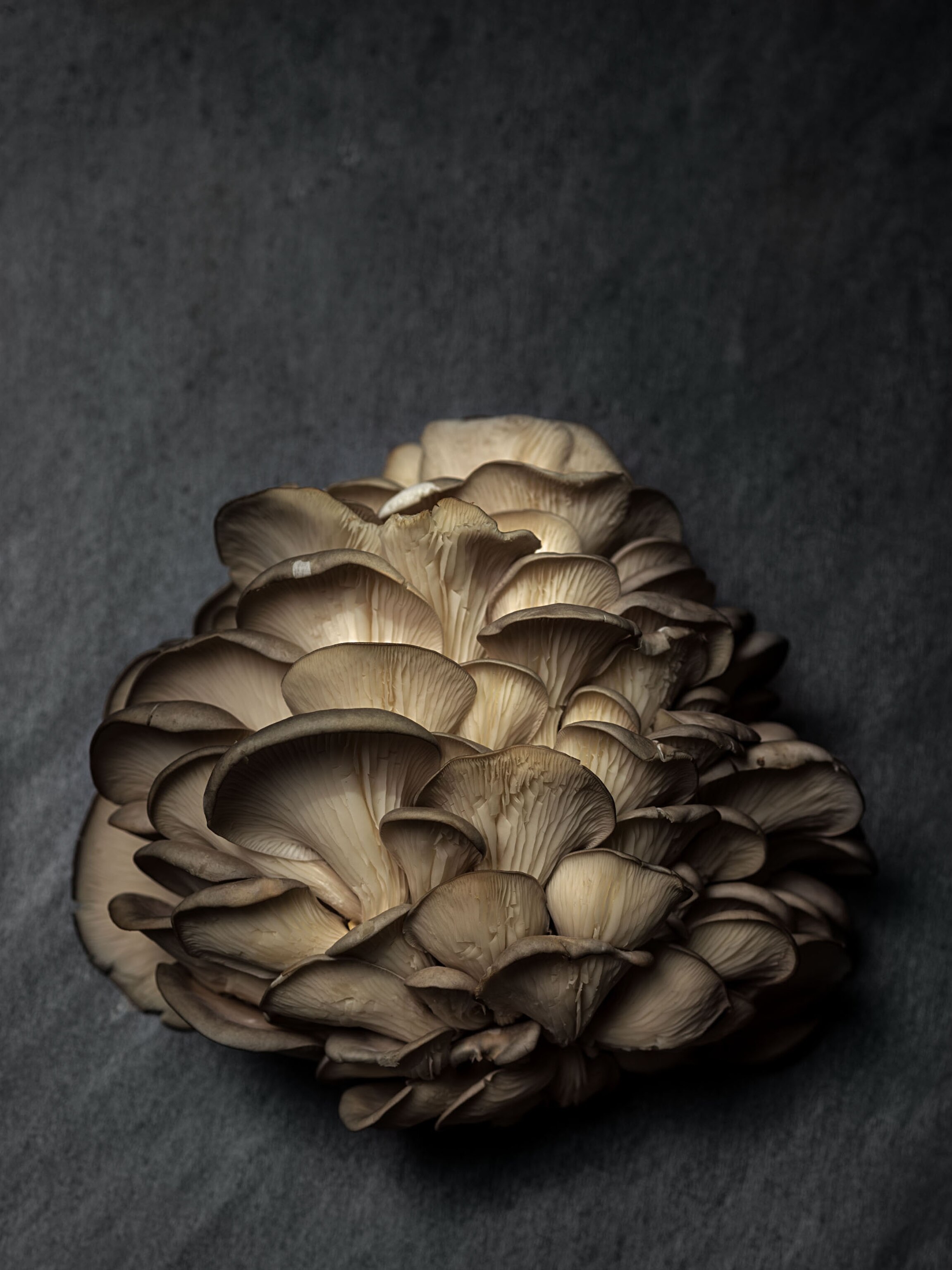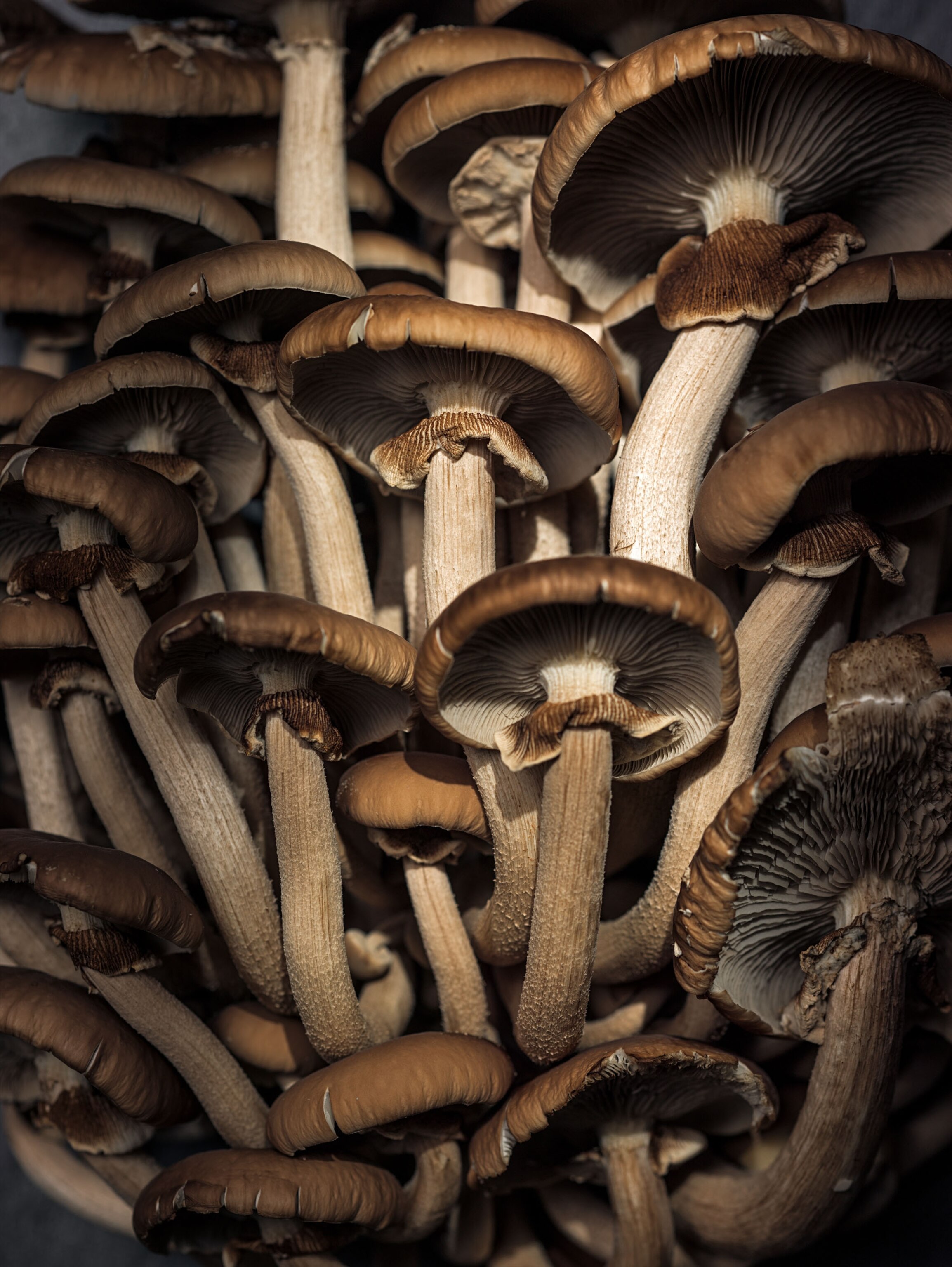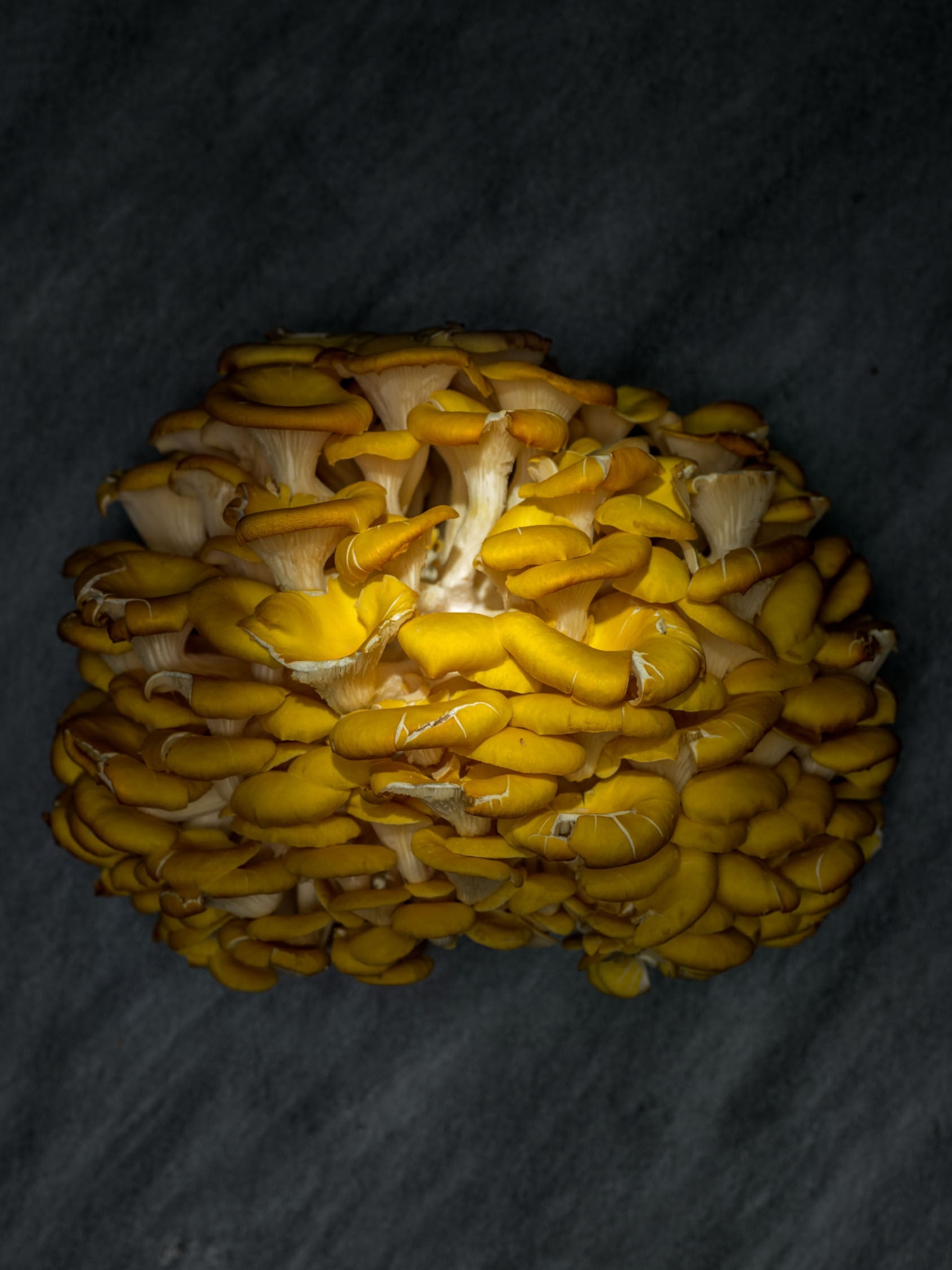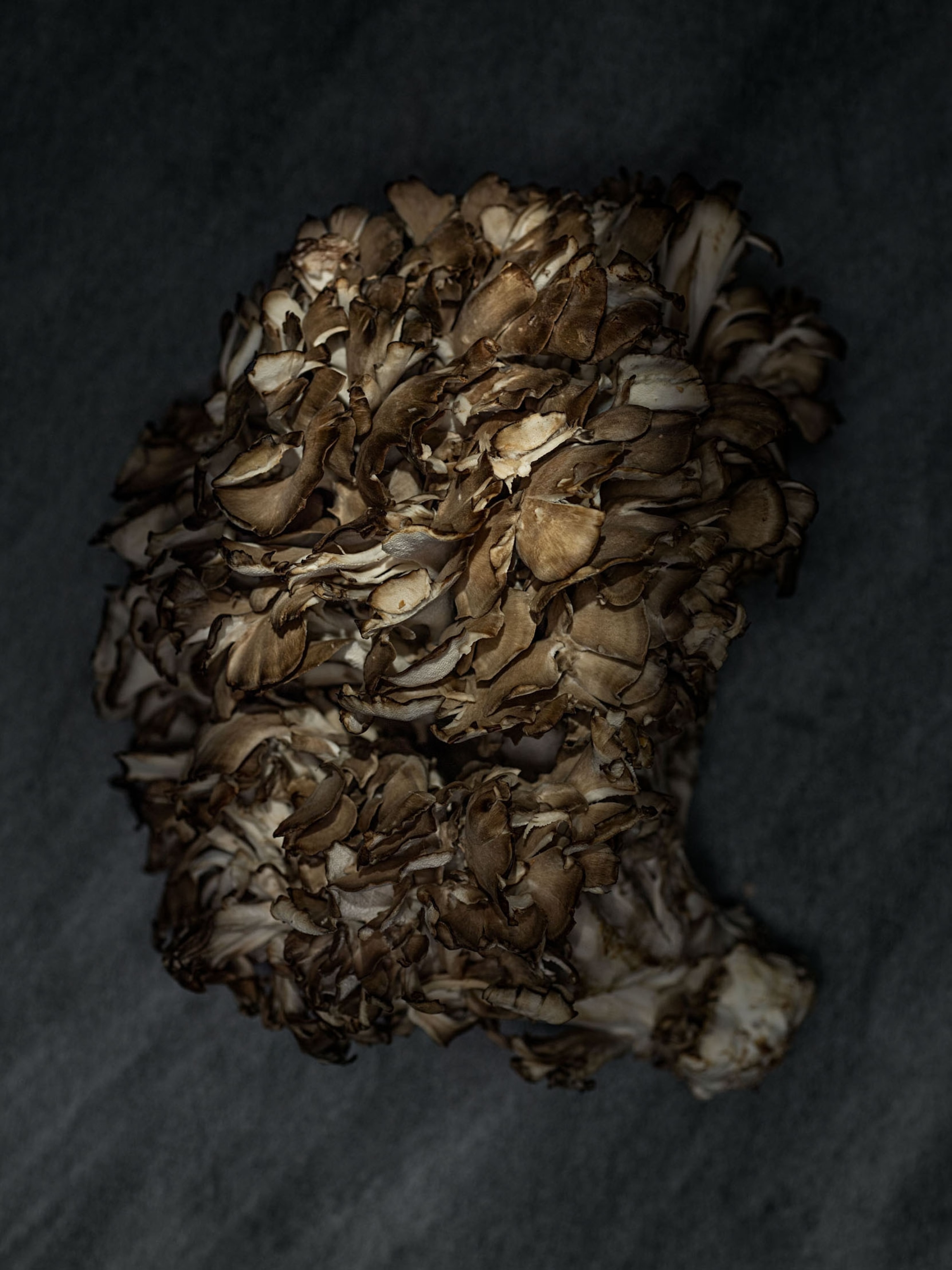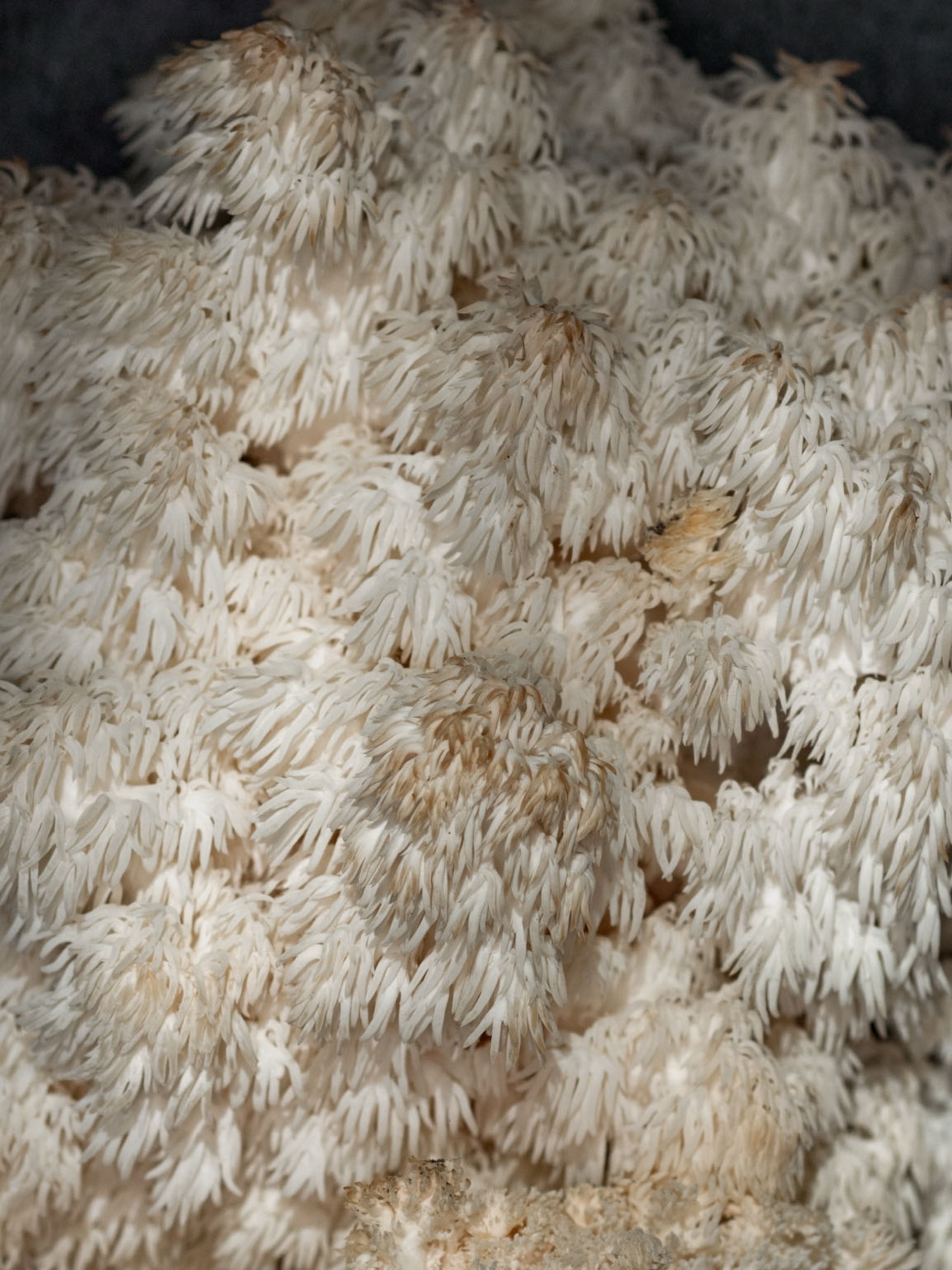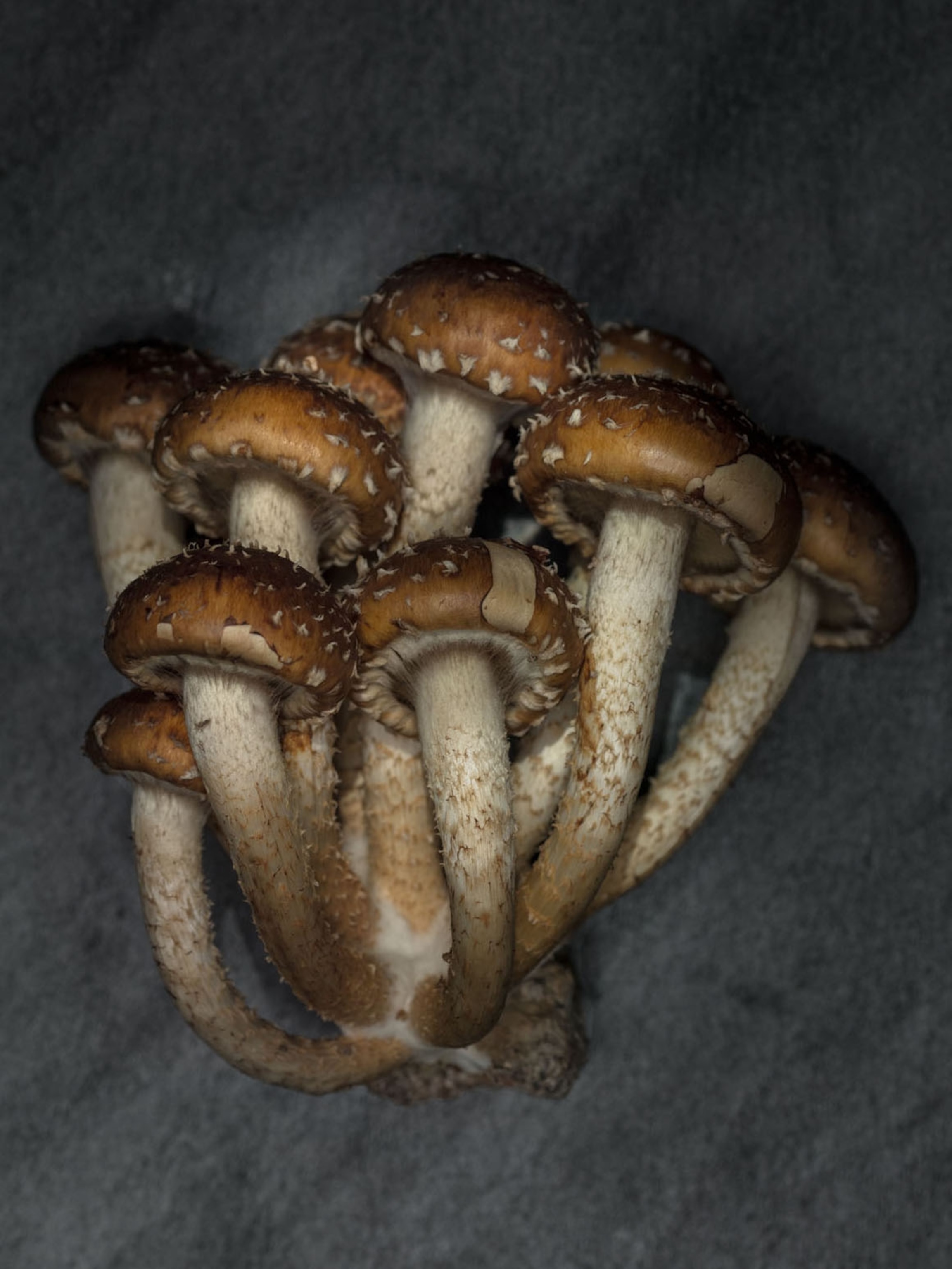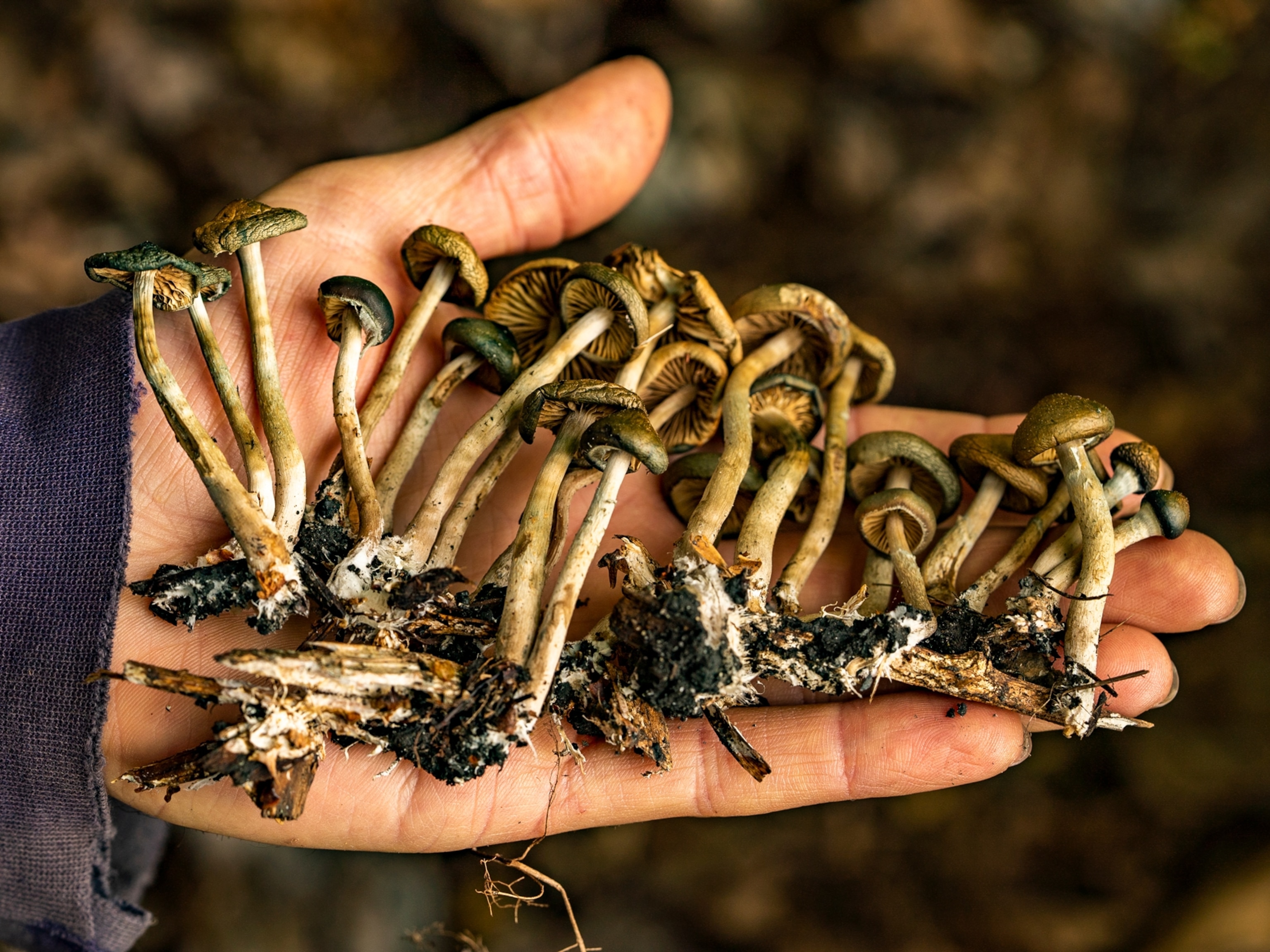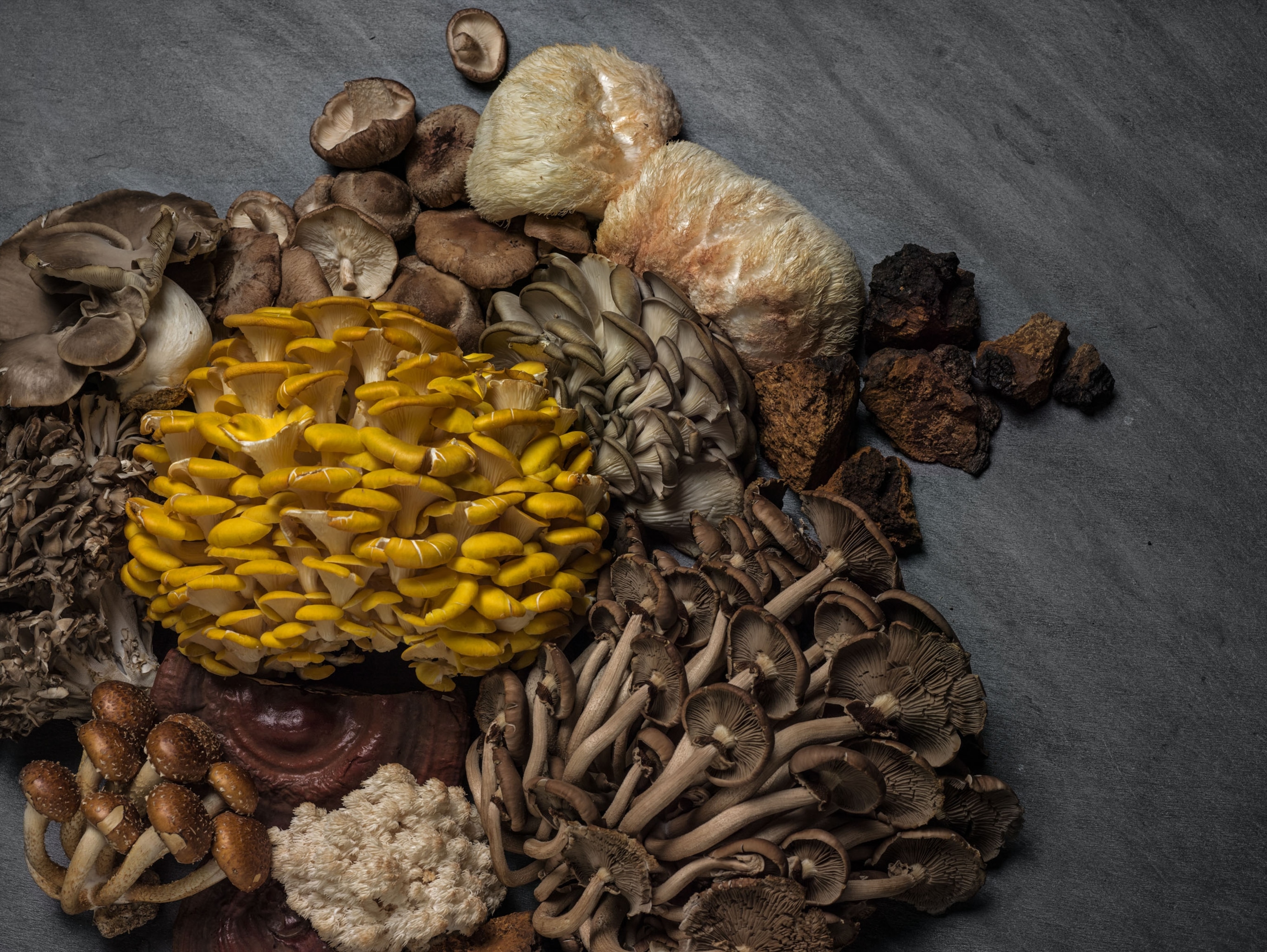
The Superfood Qualities of Mushrooms
The benefits of fungi are still largely unknown—but researchers keep turning up surprising ways they boost human health.
Mushrooms are everywhere — on forest floors, in gardens, in networks connecting below our feet. The largest organism on Earth is actually a honey mushroom, an underground web that covers more than 3.7 square miles in Oregon’s Blue Mountains.
Yet mushrooms are poorly understood, and the field of medicinal mushrooms is still in its infancy. Fungi used to be overlooked as a low-calorie, low-nutrition food, but in fact many are full of nutrients. According to biochemist and herbalist Martin Powell, many produce compounds that show potential for improving treatment results for those suffering from ailments such as cancer and dementia.
“Fungi are far more mysterious than plants,” says Robert Beelman, director of the Penn State Center for Plant and Mushroom Foods for Health. He led a recent study showing that two common antioxidants in some mushrooms—ergothioneine and glutathione—have the potential to help ward off diseases that come with aging, such as heart disease and Alzheimer’s. Some species are famous for their hallucinogenic properties. Others, like the mushrooms shown here, not only are appreciated by chefs but also show therapeutic value. Perhaps in the future, superfoods won’t be just plants but also fungi.
